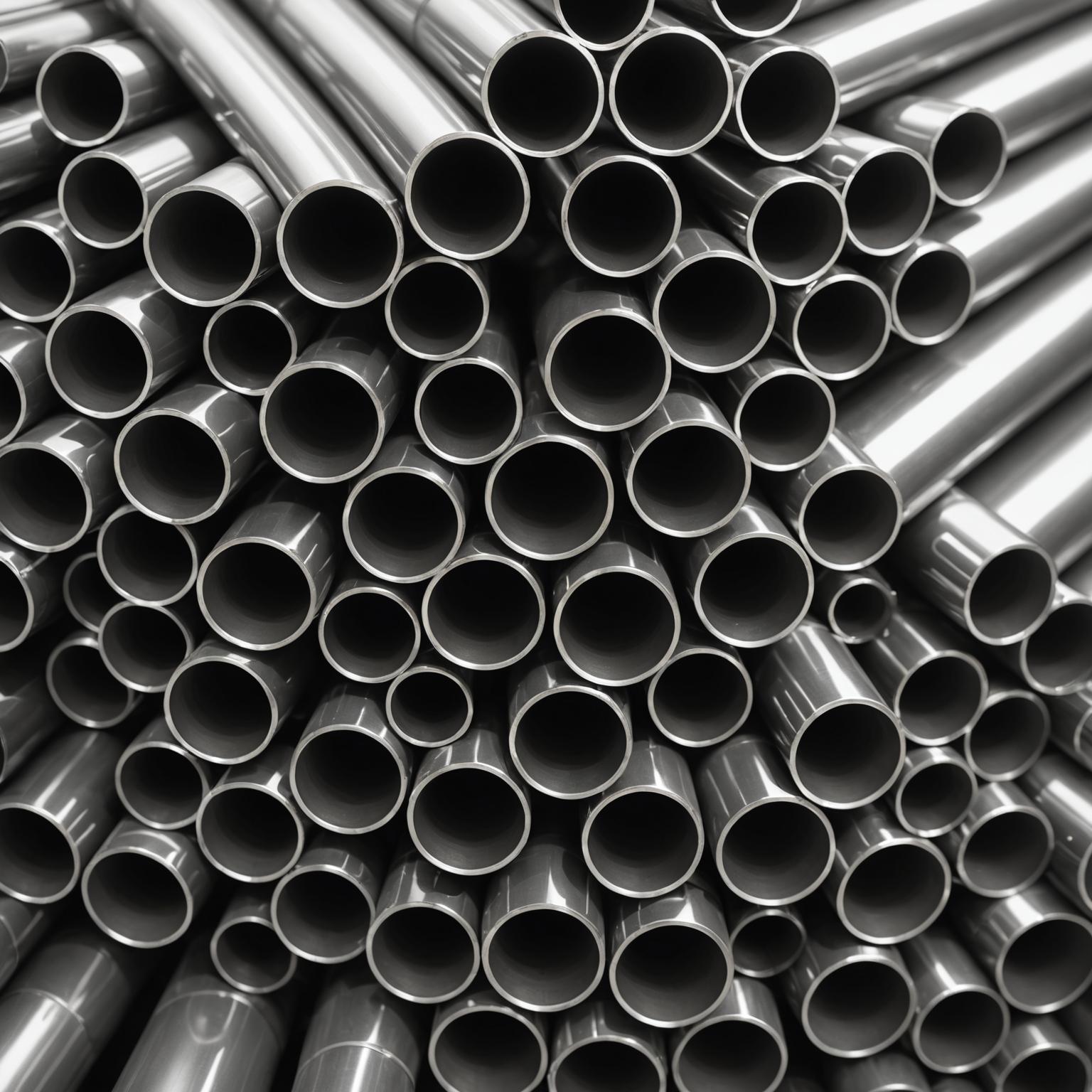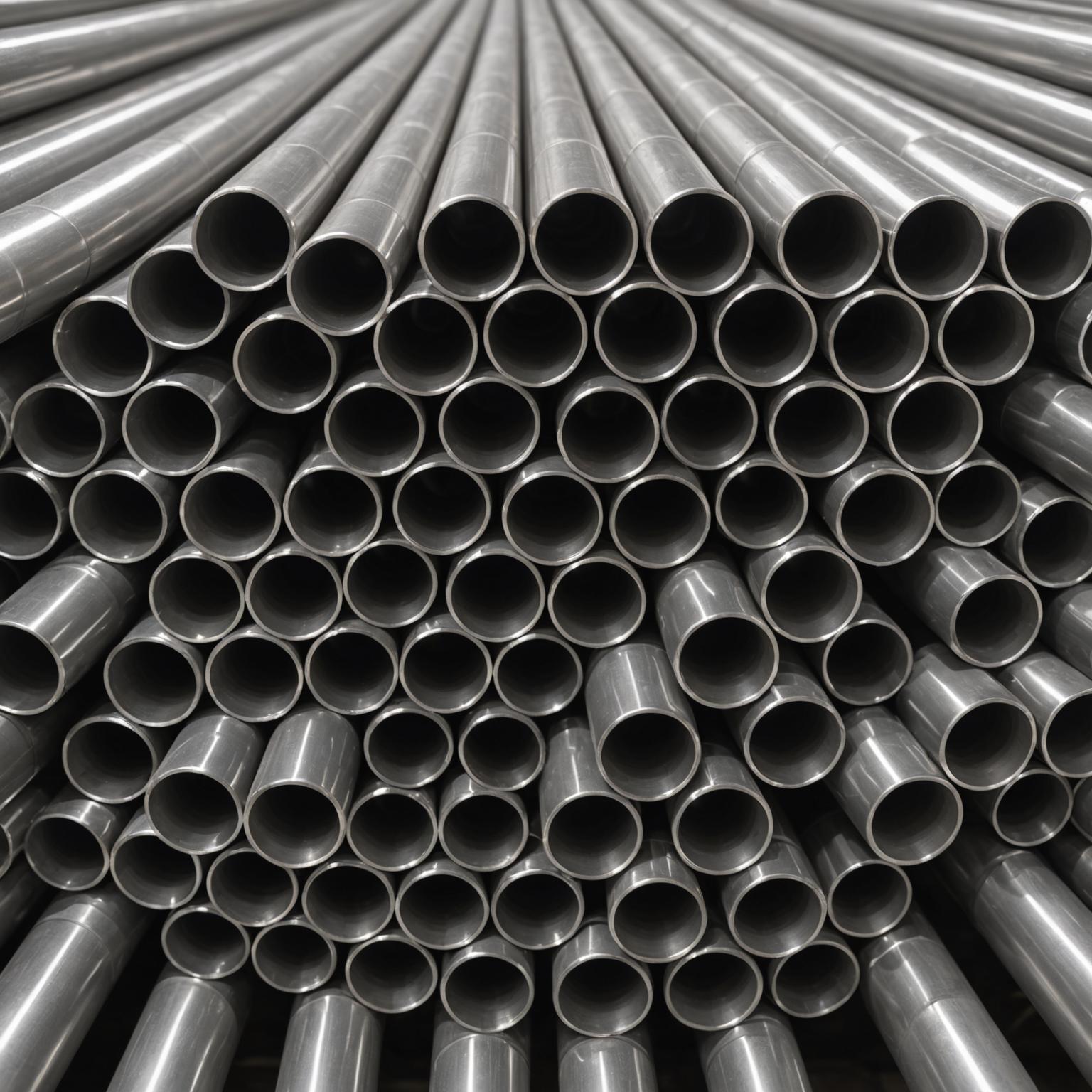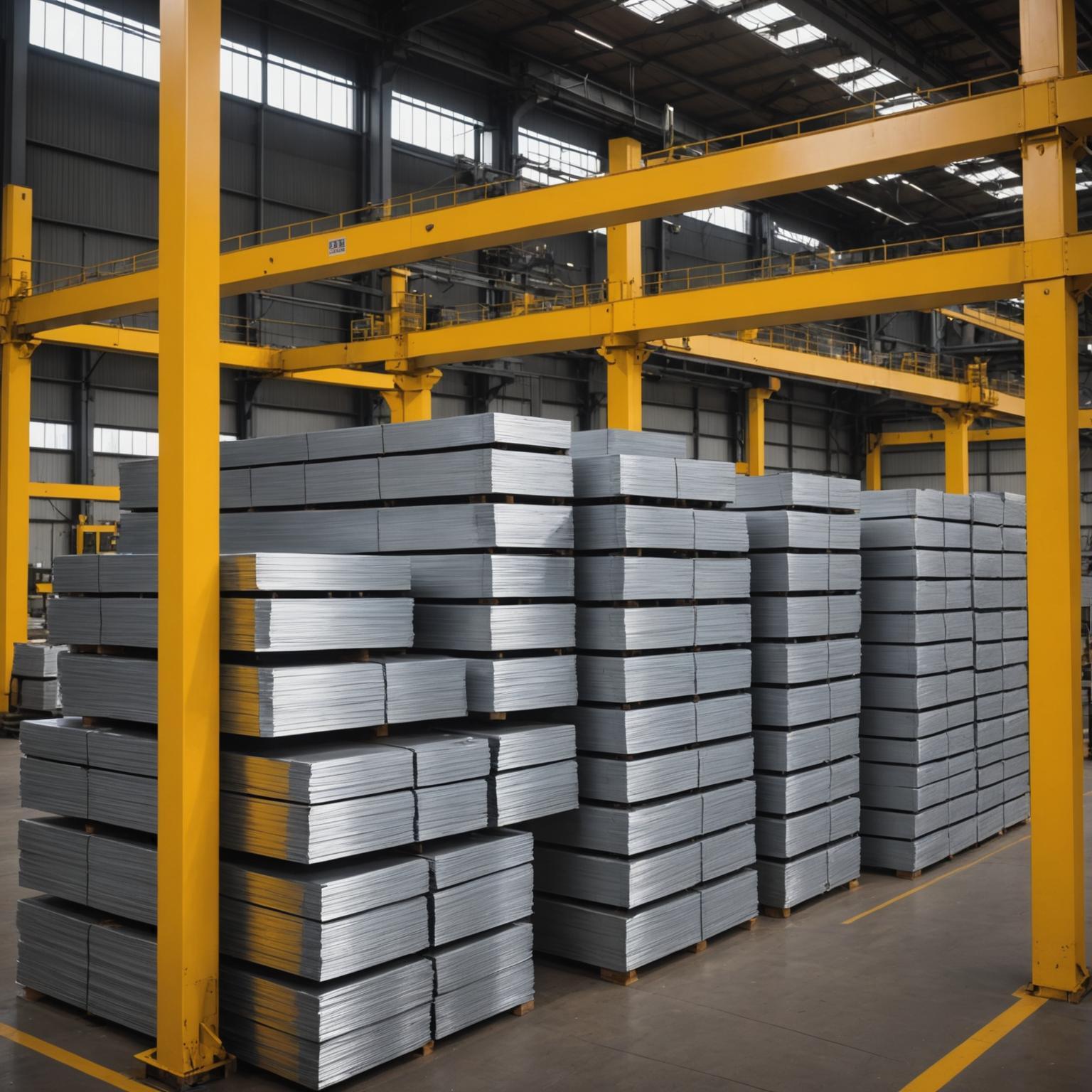Stainless steel is renowned for its remarkable strength, durability, and corrosion resistance, making it a cornerstone material in countless industries. From the sleek tubing in automotive exhaust systems to the sanitary pipes in food processing plants, its applications are vast. However, to unlock its full potential, this alloy often undergoes a crucial metallurgical process. This leads many engineers, fabricators, and designers to ask: What is solution treatment, and how does it ensure stainless steel performs as expected? This guide will walk you through the process, its specific application to stainless steel pipes, and why it is a non-negotiable step for quality and safety.
Understanding the Solution Treatment Process
Solution treatment, also known as solution annealing, is a high-temperature heat treatment process designed to create a uniform and homogenous microstructure in an alloy. The primary goal is to dissolve any harmful precipitates, such as chromium carbides, back into the solid solution of the metal matrix. The process follows three distinct steps. First, the stainless steel is heated to a specific, high temperature, typically between 1040°C and 1150°C (1900°F and 2100°F) for austenitic stainless steels like grades 304 and 316. Second, the material is held, or “soaked,” at this temperature for a sufficient period to allow the carbides and other phases to completely dissolve. The duration depends on the material's thickness and composition. Finally, the steel is rapidly cooled or “quenched,” usually in water. This rapid cooling locks the dissolved elements in place, preventing them from precipitating again and ensuring a consistent, single-phase austenitic structure.
Solution Treatment of Stainless Steel Pipe
The application of solution treatment of stainless steel pipe is particularly critical. During manufacturing processes like welding, the heat-affected zone (HAZ) adjacent to the weld can undergo a phenomenon called sensitization. In this zone, the steel is exposed to temperatures (roughly 425°C to 815°C) that cause chromium to bond with carbon, forming chromium carbides along the grain boundaries. This depletes the surrounding area of the chromium needed to form the protective passive layer, making the pipe highly susceptible to intergranular corrosion. Solution treatment completely reverses this damaging effect. By re-heating the entire pipe to the solution annealing temperature, these precipitated carbides are dissolved, and the chromium is evenly redistributed throughout the structure. The subsequent rapid quench ensures the microstructure is “frozen” in this optimal, corrosion-resistant state, restoring the material's integrity and ensuring the weldments are as corrosion-resistant as the parent metal.
Why is Solution Treatment Important?
So, after understanding the procedure, you may still wonder, why is it important to perform this extra step? The answer lies in restoring and enhancing the fundamental properties that make stainless steel so valuable. The primary benefit is the dramatic improvement in corrosion resistance. A solution-annealed pipe has a homogenous structure free of carbide precipitation, maximizing its ability to resist rust, chemical attack, and environmental degradation. Secondly, the process significantly improves mechanical properties. It relieves internal stresses induced during manufacturing, welding, or cold working, which enhances the pipe's ductility and toughness. This makes the material less brittle and more capable of being bent, formed, or flared without cracking. Finally, solution treatment ensures uniformity and reliability. It guarantees that every part of the pipe, including welded seams, possesses the same consistent microstructure and performance characteristics, which is a requirement for meeting stringent industry standards like those from ASTM and ASME for critical applications.
Applications Demanding Properly Treated Pipes
The advantages conferred by solution treatment are not just theoretical; they are essential for performance in demanding real-world applications. In the aerospace and high-performance automotive sectors, materials must be lightweight yet incredibly robust, and their properties must be predictable and reliable. Our premium-grade stainless steel tubular products, with their precision engineering and optimal strength-to-weight ratio, rely on processes like solution treatment to meet these exact needs. Similarly, in construction and advanced architectural projects, the longevity and aesthetic appeal of stainless steel are paramount. A sleek, polished surface is not just for looks; it signals a high-quality material that has been properly processed to resist corrosion and maintain its integrity for decades. In chemical, pharmaceutical, and food processing industries, the prevention of contamination is critical, and the superior corrosion resistance of solution-annealed pipes ensures a sanitary and durable system.
Sourcing Quality for Guaranteed Performance
Ultimately, the performance of a stainless steel component is directly tied to the quality of its manufacturing. When sourcing materials, it is vital to partner with suppliers who understand and implement these critical metallurgical processes. State-of-the-art products, whether they are impeccable stainless steel tubes or advanced titanium alloy tubing, are defined by their flawless surface finish, consistent thickness, and superior mechanical properties. These attributes are the direct result of meticulous process control, which includes essential heat treatments like solution annealing. Choosing a premium, properly treated product means investing in reliability, safety, and longevity for your project. This process is not a mere finishing touch; it is a fundamental step that transforms a standard alloy into a high-performance engineering material, ready to redefine standards in any industry it serves.








